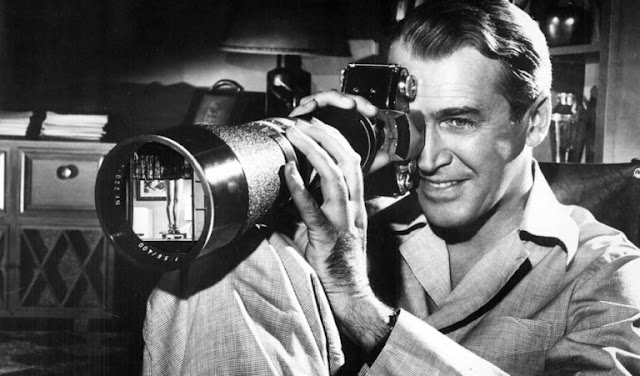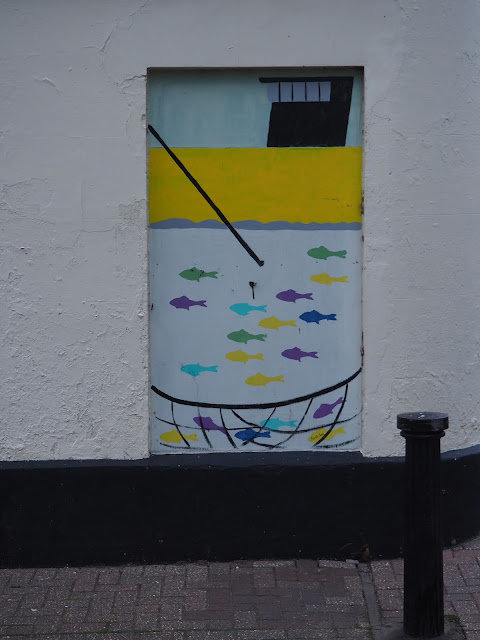As the sharp-eyed may have noticed, I have a new book out The Suburbanist, subtitled ‘A Personal Account and Ambivalent Celebration of Life in the Suburbs with Field Notes,’ which tells you a good deal of what you need to know about the book.
It’s not a walking book per se, but the research (aka field trips) have involved a fair amount of slogging through suburban streets, crescents, avenues, closes and so on.
And at this point, some two weeks after publication, an author is beset by all sorts of ideas for what he might, and probably should, have included in the book.
And the one I currently keep thinking about is the Frinton Park Estate in Frinton on Sea, in Essex. I left it out because so much has already been written about it already, but now I think not mentioning it was probably an omission.
Frinton Park Estate is widely described as the largest group of individually designed Modernist houses in England, which isn’t saying a great deal, and the group there is not large. The original idea was there’d be 1000 or so houses, all flat roofs, streamlined curves, and white walls, spread over a 200 acre site. But in fact there are only 50 or so, maybe fewer, depending on how you count.
In 1934 the South Coast Investment Company Ltd, bought those 200 acres and employed Oliver Hill as consultant architect. The idea was that prospective Frintonians would buy a plot and then commission an architect to design a house, selecting from a list drawn up by Hill, a list that include Maxwell Fry and Welles Coates.
Well, this worked about as well you’d imagine it. There really weren’t 1000 people who wanted to live in a Modernist house in Frinton, in fact there were about 15, who went with the plan. And so the speculators decided to build 50 show houses to impress prospective buyers. Only about 25 of these were built (I say ‘about’ because hard numbers are very hard to come by) with the result that the total number of houses built was somewhere between 40 and 50, but probably nearer 40.
I first went there a few years back and almost got into a fight. I was wandering around, taking pictures of the houses and I’d spoken to one or two home-owners who were happy enough to chat about the joys and occasional difficulties of living in a piece of history.
And then I came across what I thought was a particularly fine example. There was a tall hedge around it, but I noticed there was a gap, so I peered through the gap, pointed my camera and stared taking pictures, at which point the proud, not to say hubristic, home-owner came running out and accused me of being a pedo. ‘Supposing,’ he said, ‘my children had been sitting on the lawn, then you’d have been photographing them.’ But of course his children weren’tsitting on the lawn, and I pointed that out, and I thought, though I didn’t say, that if his children were as ugly as him them who the fuck would want to take their picture?
In the event I assured him I wasn’t a pedo, and that I liked his house, which seemed to calm him down and we did not come to blows. Still, it’s the kind of thing that stays with you. It might have been worth the agro if I’d got a decent picture but I didn’t. I got this: which is an interesting souvenir, and sort of arty, but not my best work.
Anyway I’ve been back to Frinton a few times since then, and I’ve not lost my amazement that this attempt at a Modernist architectural Utopia should be there at the Essex seaside, a town that’s famous for being staid, conservative with a very ‘mature’ population. Though, of course, like all Utopias, isn’t not a complete success.
And frankly the Frinton Park Estate still isn’t entirely welcoming. A lot of the roads have private no parking signs on them, and although you can walk around easily enough, pedestrians aren’t really catered for, pavements aren’t all that common.
I’ve never encountered another disgruntled home owner and my taking of photographs has, if anything, got less discreet over the years. Last time I was there I did hear two builders having a verbal altercation. One of them was storming away, carrying a ladder, and shouting at his co-worker, his boss I suppose, ‘I’ve worked for 30 companies in my life, and you’re the only one who’s ever moaned at me like this.’

I don’t know if the current inhabitants of the Frinton Park Estate think of themselves as living in suburbia but I’d say they do, and the area’s suburban status is confirmed by all the non-Modernist homes that have been built in the large gaps between the show houses. These are mostly conventional looking bungalows. Nothing wrong with that, and I suppose the joy of living in one of those is that you look out your window and can see a Modernist masterpiece, whereas if you live in a Modernist Masterpiece you look out your window and see conventional suburban homes. One thing's for you, you won't see many pedestrians.































